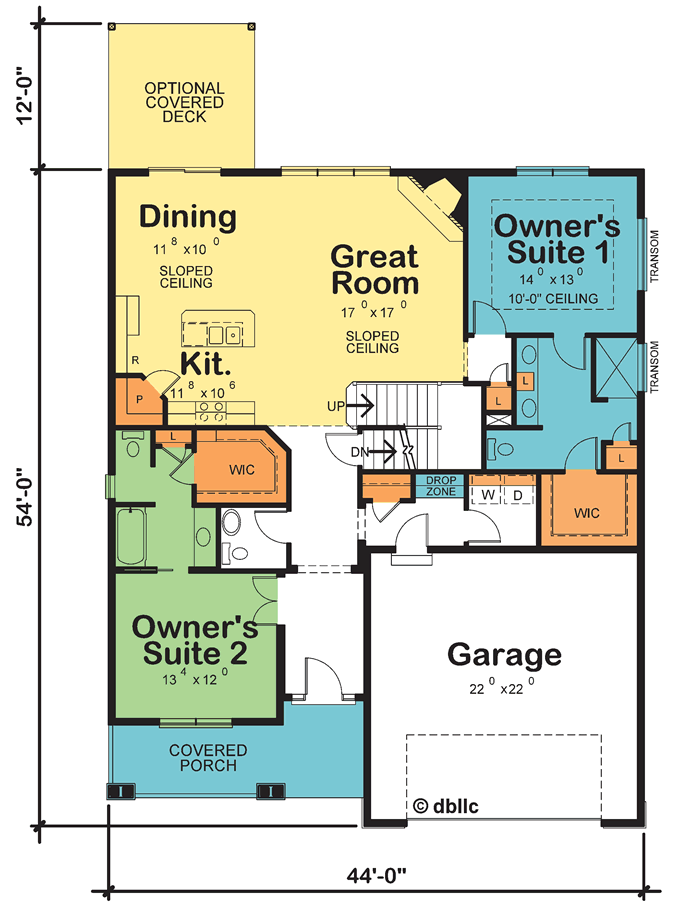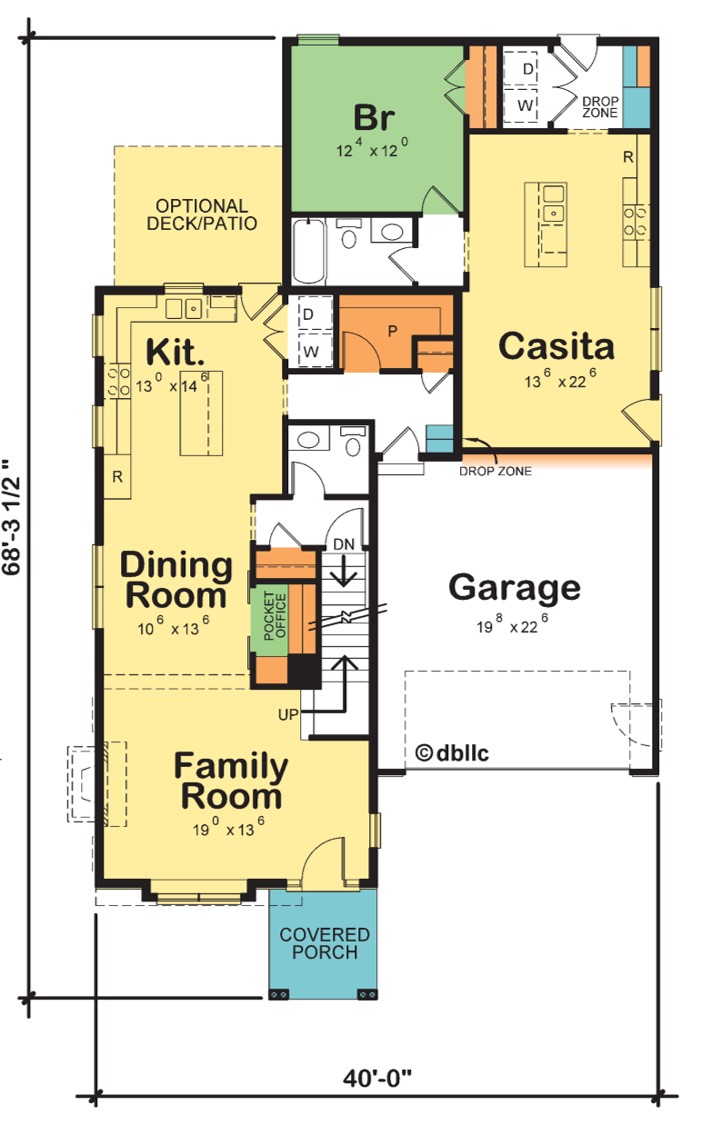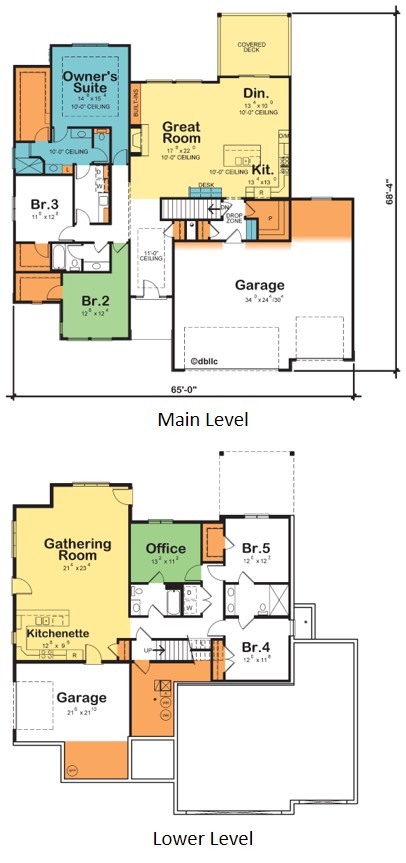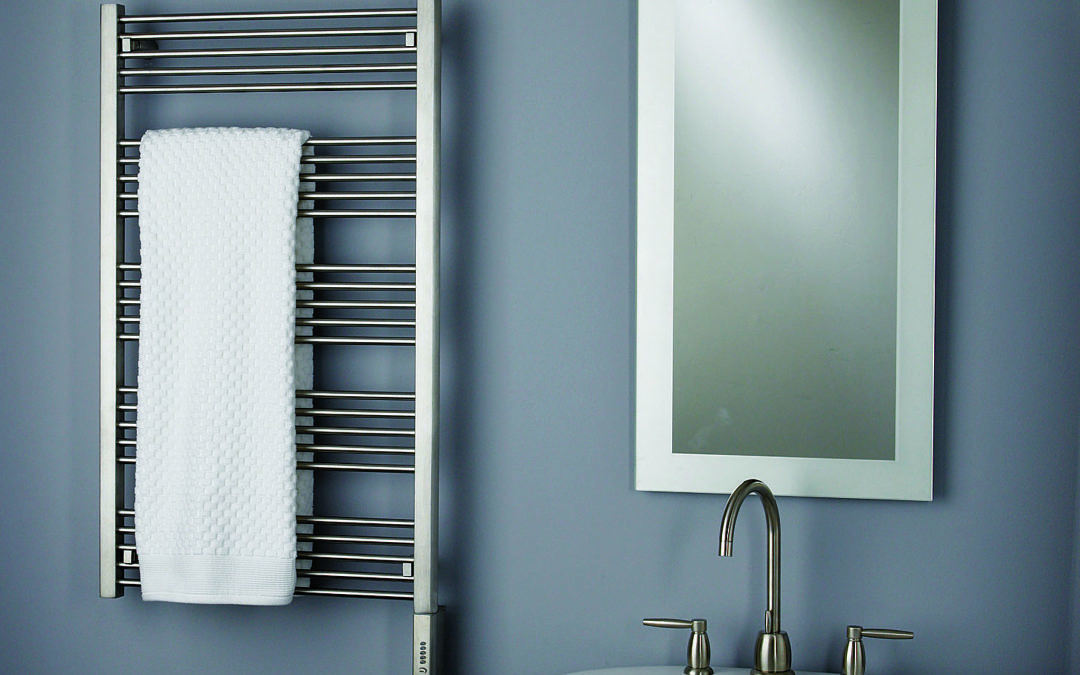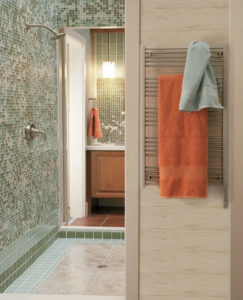
Homes Talk to Women through the Home’s Livability
This installment of the ‘Homes Talk to Women’ series focuses on the home’s livability. Researching women’s preferences, we discovered there are four ways women typically look at a home’s livability – its suitability for her and her household. These four Livability ‘lenses’ are areas for: Entertaining, De-Stressing, Storage, and Flexible Living.
Each of us places a different importance on these areas of the home. These can be static or changing depending on your lifestage. Factors such as the home’s available space (flexible areas, storage space), the makeup of your household (children, empty nesters, multi-generational), and your personal preference (love to entertain, passion for scrap-booking, like keeping things organized and out of sight) can all play into which livability lenses are most significant to you.
It has been said that when men enter a home they focus on one or two areas that wow them, whereas women tend to recognize several areas of the home and how they can work together – where furniture will be placed, traffic flow, convenience of storage spaces, etc. We call this a “spotlight” vs. “floodlight” scenario; men typically focus on areas they are interested in, while women are taking it all in to determine the home’s livability for her and her household.
At Design Basics, our floor plans are color-coded so you can easily identify these areas of the home (we call this Livability at a Glance™), and our online Plan Search tool lets you search by areas of importance to you. We invite you to take our Livability at a Glance quiz to discover your lifestyle profile.
If you missed the other segments of this four-part series, click the links below:
For more resources on thoughtful design:
- Learn more about Livability at a Glance
- Visit our blog
- Browse our Her Home™ Magazine
- Thoughtful Design Concepts
Cover Image: <a href=”https://www.freepik.com/free-photos-vectors/coffee”>Coffee photo created by freepik – www.freepik.com</a>
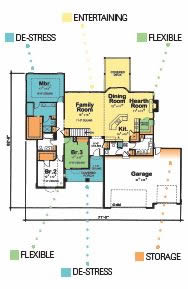

 Welcome to Part 2 of the ‘Homes Talk to Women’ series focusing on as it relates to her story. Homes Talk to Women through her life experiences. What has she experienced in her current home or apartment? What does she like; what would she change if she could? Having lived in a home with no garage, for Aimee, the idea of walking into her home from the garage directly into the kitchen without a rear foyer was simply not on her radar screen. Now, homes without a rear foyer say to her, “Thoughtless!”
Welcome to Part 2 of the ‘Homes Talk to Women’ series focusing on as it relates to her story. Homes Talk to Women through her life experiences. What has she experienced in her current home or apartment? What does she like; what would she change if she could? Having lived in a home with no garage, for Aimee, the idea of walking into her home from the garage directly into the kitchen without a rear foyer was simply not on her radar screen. Now, homes without a rear foyer say to her, “Thoughtless!”
 Since the beginning of 2003, our ongoing mission has been to evolve our knowledge, understanding of, and appreciation for women’s preferences in the home. Recently we stumbled upon the realization that homes talk to women; specifically, homes talk to women more so than men – what they say differs, and the “lenses” women filter their thinking through is much more complex and detailed than their male counterpart. This four-part series highlights how ‘Homes Talk to Women’ and the different ways home buyers look at a home’s layout, design, and livability. We’ll explore this more with our hypothetical couple, Jacob and Aimee.
Since the beginning of 2003, our ongoing mission has been to evolve our knowledge, understanding of, and appreciation for women’s preferences in the home. Recently we stumbled upon the realization that homes talk to women; specifically, homes talk to women more so than men – what they say differs, and the “lenses” women filter their thinking through is much more complex and detailed than their male counterpart. This four-part series highlights how ‘Homes Talk to Women’ and the different ways home buyers look at a home’s layout, design, and livability. We’ll explore this more with our hypothetical couple, Jacob and Aimee.
